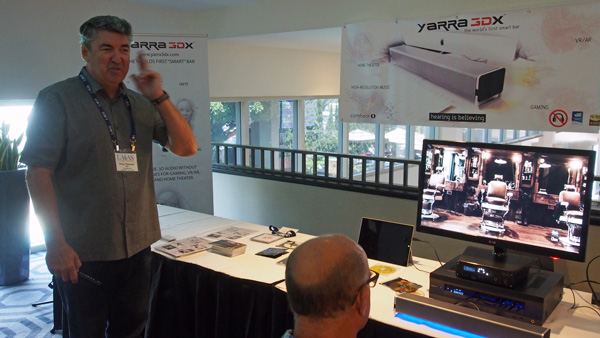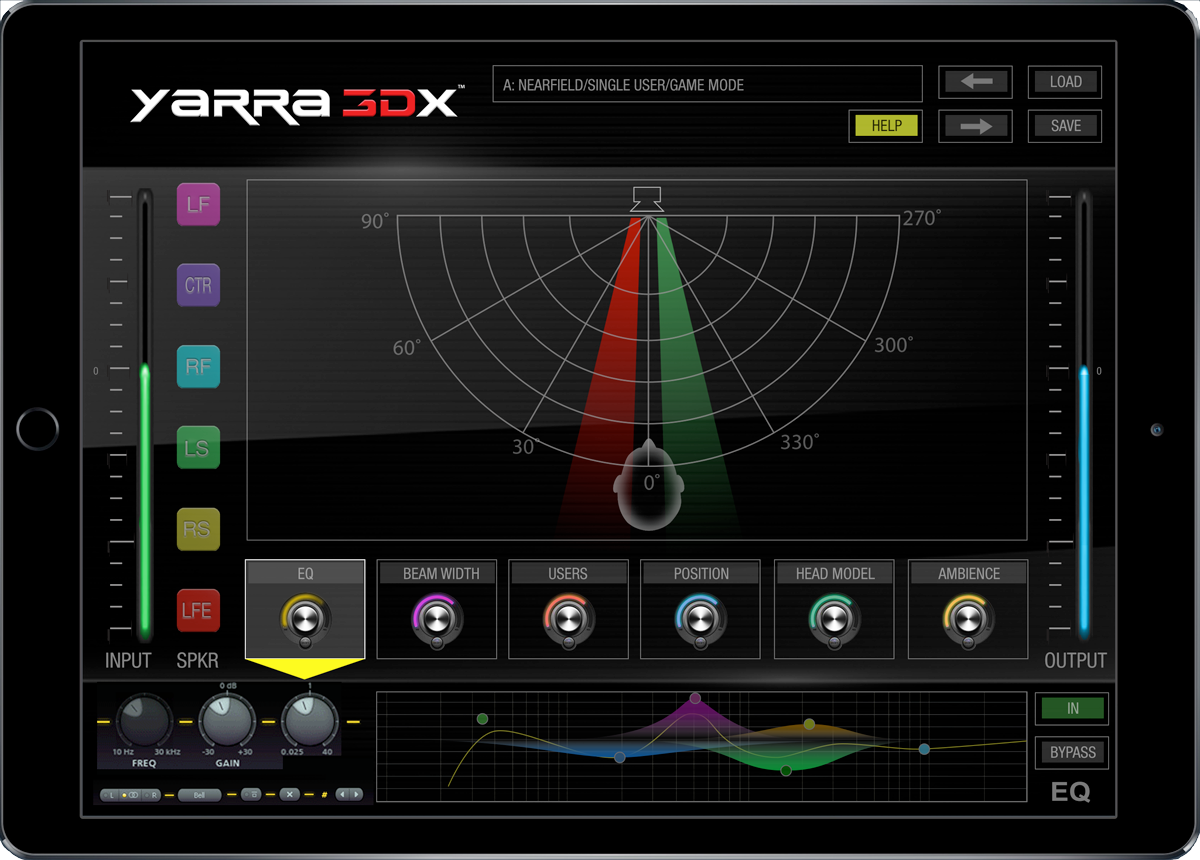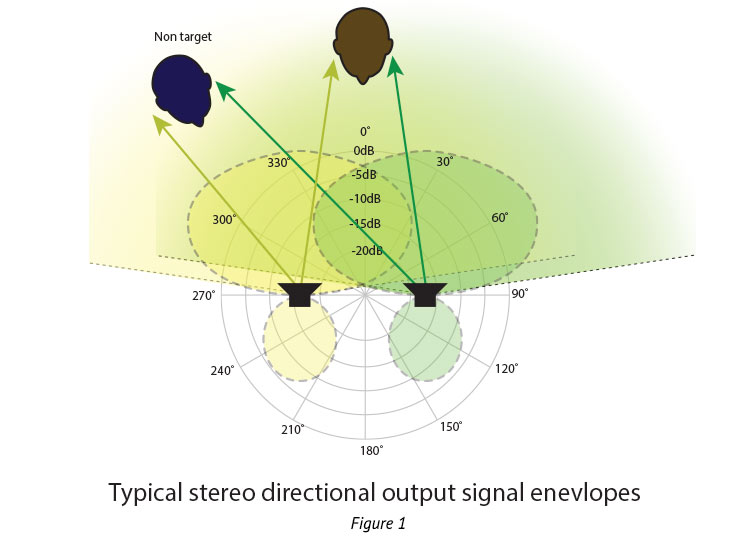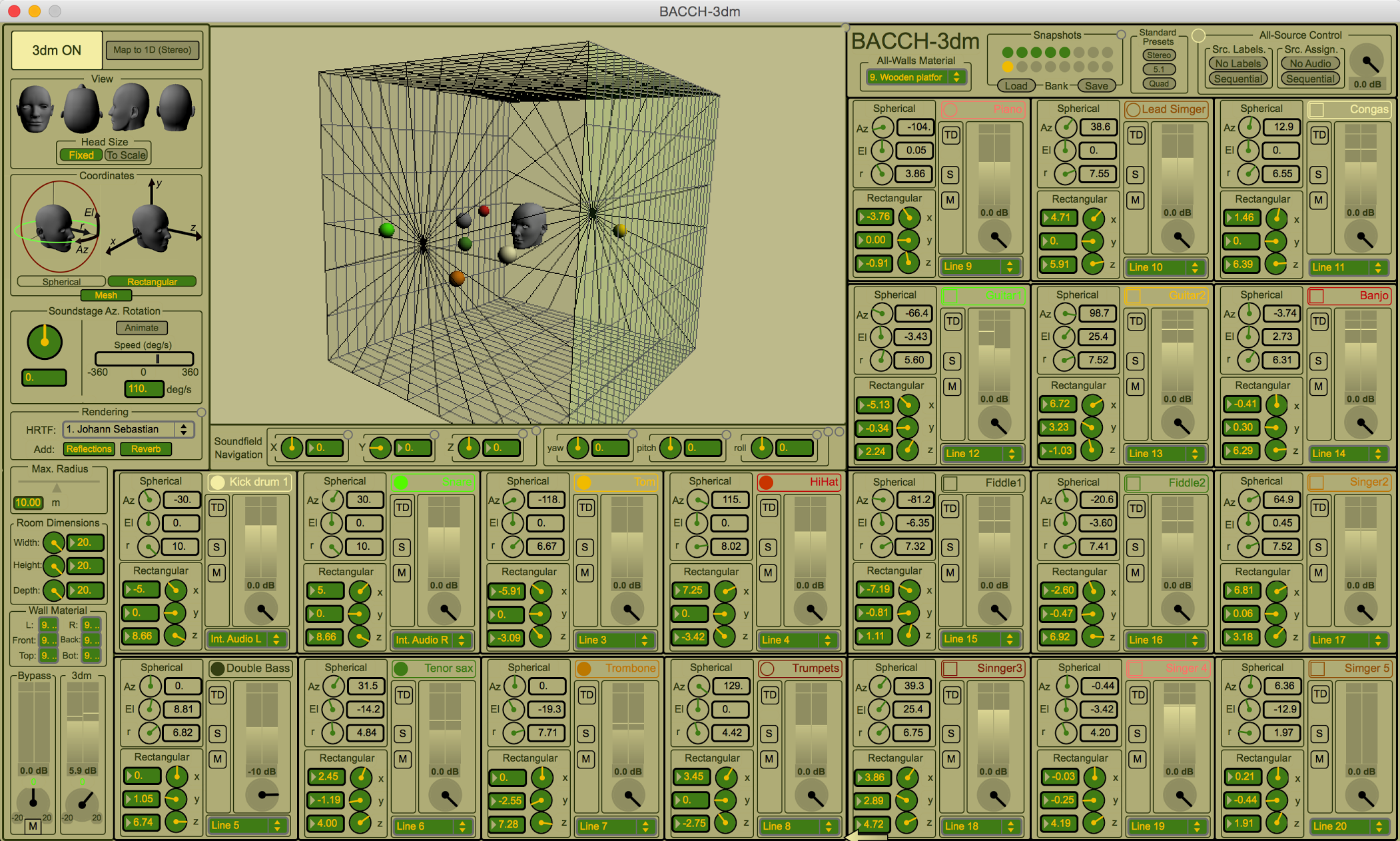I'm not sure why, I didn't really say anything different to what I've said previously.
Just because you said you care. It is just a feeling. Nothing rational to support my hypothesis or to discard your assertive that:
I'm still questioning the benefits of immersive sound for music, still pointing out the practical limitations and that it's unlikely the mainstream music industry will move beyond stereo in the foreseeable future.
G
But since you quoted me as if I could have misunderstood your previous post as being some kind of grant or give in towards my hypothesis, I will expand by saying that the following true assertive:
(...) 4. The music industry is going through a prolonged period of falling revenue, this economic backdrop dictates a trend towards music products which cost less to produce and therefore employs less skilled labour, lower cost equipment and facilities, allows less time to experiment and requires product completion in less time. All of which is of course counter productive to high quality, new format recordings.
(...)
G
Does seem
less compatible with the hypothesis that millions of consumers did or will place 5.1 or more real speakers in their living rooms with the same audiophile dedication/devotion of
@bigshot:
There have only been a few Atmos music mixes, and I've only heard 5.1 mix downs of two of them. They are spectacular with sound objects moving through the center of the room. I'm convinced that Atmos is the way to incorporate the vertical dimension to sound. The trick is to come up with a standard for home listening, and to convince home builders to build Atmos ready rooms in houses. Then buying speakers would be plug and play. It wouldn't be difficult. It's just a matter of running a few more wires through the walls and installing mounting brackets- perhaps some basic room treatment built in. It will probably happen because of home theater, and music will go along for the ride, just like with 5.1.
When I was house hunting, I was looking for a good sized room with high ceiling, a roughly symmetrical layout, and good acoustics. For video projection the ability to darken the room during the day is important too. Flexibility in construction helps too. Things like being able to run wires in the walls, ceiling and floor. I didn't find that in my room and it ended up costing me a couple thousand dollars. Once you find the room, you can figure out what that particular room needs.
Concrete walls and floors are difficult to work with. You would have to finish the walls or it would echo like a train station. Basements also have low ceilings that can create challenges. You can work with anything, but some things are easier than others. I built my room in a large living room. Overhead beams gave me places to hide the screen behind so it doesn't feel like a theater all the time. And I had a wet bar that I used to store all the equipment in. The most difficult thing to hide is the speakers. But there are good compact speakers that could be incorporated into a living room situation without drawing too much attention to themselves. You just want to make sure the furniture placement in the room favors the acoustics. I did that by shifting stuff around and testing for a week.
Well, I have very good headphones and a very good 5.1 speaker system, and for listening to music, the speakers are the way to go. I lived in an apartment for 30 years and I understand needing to contain sound so the neighbors don't get mad... well, at least containing it enough that they don't get *too* mad. But now that I have a dedicated listening room that isn't anywhere near where anyone is trying to sleep, I barely use my headphones any more. For listening to music, speakers are a no brainer. Headphones are best if other people don't want to hear what you are hearing.
A lot of the people in this forum have never actually heard a good multichannel speaker system. If they did have that opportunity, and they had a place in their home for it, they would put their cans in a drawer just like I did.
Than compatible with my hypothesis of corporations providing content with 3 axis mixing that you criticize here:
And of course, what you're talking about is beyond 5.1, an additional dimension/plane (height) when no one has really figured out how to effectively take advantage of the dimension/plane we've already got with 5.1!
G
Why?
If I had to rank all that playback equipment in order of ease/practicality of adoption by consumers, I would rank them in the following order:
1. beamforming phased array of transducers;
2. transparent xtc algorithms (still expensive to be relevant);
3. personalized externalization with headphones or personalized binauralization (still expensive and without HRTF acquired with biometry to be relevant);
4. Atmos/Dolby/Auro/Ambisonics set of multiple speakers (not practical and still expensive to be relevant).
On one hand, beamforming phased array of transducers or transparent xtc algorithms working together with personalized binauralization in playback environments are compatible with stereo (though better only possible with mixings that provide realistic ITD and ILD),
5.1 multichannel, Atmos/Dolby/Auro/Ambisonics, binaural synthesis and binaural recordings content:
I plan to try it with the Yarra 3DX. It uses beam-forming to reduce crosstalk.
This article at Stereophile
mentions that the A8 was used in a recent demo. You can see the A8 in the photo.
JA's Second Report from the LA Show
This is more relevant to what mbyrnes was asking.
JA's Second Report from the LA Show Read
The second floor's mezzanine area had a number of booths, but one that caught my attention was that of
Yarra 3DX, which was demonstrating surround sound from a single, diminutive, 12-driver soundbar.
The source was a Blu-ray player feeding a Smyth Realizer binaural processor. Sitting in the sweet spot, I listened to one of the new Beatles' remixes from
Sgt. Pepper—"For the Benefit of Mr. Kite"—and the swirling calliope effects extended far to my left and right. I had heard something very similar from the
Bacch SP-3D process at CES a couple of years back but that system required individual calibration for each listener.
The Yarra 3DX worked well without any calibration. Yarra is running a Kickstarter campaign to bring this technology to market
p.s.: Afaik, if a personal room impulse response - PRIR was measured with the A8, one would not need any further calibration in the Yarra and using the A8 head tracking can improve spatial the rendering.
To add elevation to that rig you would only need binaural content (binaural head recordings or binaural synthesis) with two channel PRIR or Atmos/Dolby/Auro/Ambisonics with a Realiser A16 and a multichannel PRIR. It is still a hassle to measure a PRIR.
Do you think that eventually no one will market a soundbar that combine beamforming, the acquisition of HRTF through biometrics and headtracking?
So beamforming phased array of transducers or transparent xtc algorithms working together with personalized binauralization in playback environments are compatible with stereo (though better only possible with mixings that provide realistic ITD and ILD),
5.1 multichannel, Atmos/Dolby/Auro/Ambisonics, binaural synthesis and binaural recordings content
On the other hand, the contrary in
not true,
5.1 playback enviroments are
not compatilble with Atmos/Dolby/Auro/Ambisonics and binaural synthesis, that are formats better suited for movies, gaming and VR, in other words, the content that is mixed with hight/elevation information.
(...) We also have to consider that immersive sound, binaural and ambisonics for example, are not new, they've been around for 40 years or so and yet have never caught on. (...)
G
One could also say that immersive sound and Ambisonics didn’t catch because they need multiple real speakers and that binaural didn’t catch because there wasn’t dsp and algorithms available for transparent xtc or personalized externalization with headphones.
So I still fail to understand how in the “foreseeable future”
5.1 (or more speakers) playback equipment will have more penetration than a beaforming phased array soundbar with personalized binauralization.
I also fail to understand how those 30 million consumer 5.1 systems that had been sold could also have found room and placement at the same
@bigshot quality standard.
I also have not read yet any mixing engineer accusing
@bigshot of being “driven by a myth” or being “anything like the typical consumer”.
(...) So, what I've been saying is based purely on the realities and practicalities (both logistical and artistic) of music creation and is NOT due to any bias/preference for stereo (or against multi-channel formats). I'll stick with surround/5.1 for the moment because although it doesn't qualify as an immersive format (as "immersive" is currently marketed), it is more immersive than stereo.
Since surround/5.1
content is compatible with beamforming phased array of transducers or transparent xtc algorithms working together with personalized binauralization in playback environments, I sincerely wish that you really could do that, that you really could stick to
surround/5.1.
But I wish that you could also mix stereo with realistic ILD and ITD.
However, as you already proved in this thread, mixing stereo with realistic ILD and ITD is unlikely/improbable to happen.
Also,
@pinnahertz once said:
I am sorry to bother you once again.
(...)
If mastering engineers don't want to provide binaural encoded material or b-format ambisonics and you have plenty of object-based content available, professors Edgard Choueiri (bacch), Peter Otto (Comhear) or Tony Hooley (dynasonix) just need to write a function to input the objects with the positions assigned by the mastering engineer and output a binaural encoded stream mixed with the untouched bed.
Hang on now, fair is fair. Mastering engineers don't make those decisions.
And people buying more surround/5.1 than Atmos/Dts:X/Auro
musical content is also an hypothesis that seems to contradict
@bigshot hypothesis.
In scenarios where consumers only have access to stereo without realistic ILD and ITD and surround/5.1 musical content, playing
musical content in beamforming phased array of transducers or transparent xtc algorithms playback equipment will likely cause a cognitive dissonance, in which they will blame the technology itself, not knowing how the content was really mixed:
The Bacch processor is designed to play binaural recordings, like the Chesky Binaural + series and the Binaural DSD Downloads you find on NativeDSD Music, over loudspeakers.
Different from the Smyth which is designed to take movies and surround sound music recordings, not made binaurally, and play them over Stereo headphones.
The Bacch is interesting. But the effects vary in the listening demo I heard at one of the audio shows.
In some cases, instruments appeared "outside" the left and right speakers (as intended).
But on other tracks, the instrumentalists came towards you (the trumpeter is out to get you) vs. across the front. (Not as intended).
Needs more development to my ears. Not yet "revolutionary".

I wish that, instead of accusing me of being driven by a myth or being anything but the typical consumer, you could follow the examples of corporations providing content with realistic ILD/ITD or height information to decrease that cognitive dissonance. To reinforce: Chesky Records (that is helping Professor Choueiri by providing more binaural content); Netflix (that is streaming movies with Atmos encoding); Google, Youtube and Facebook (that allow first order ambisonics uploads that are downmixed to binaural) and Universal/Within (well, afaik, it seems some kind of downmixing to binaural).
Cheers!
















































